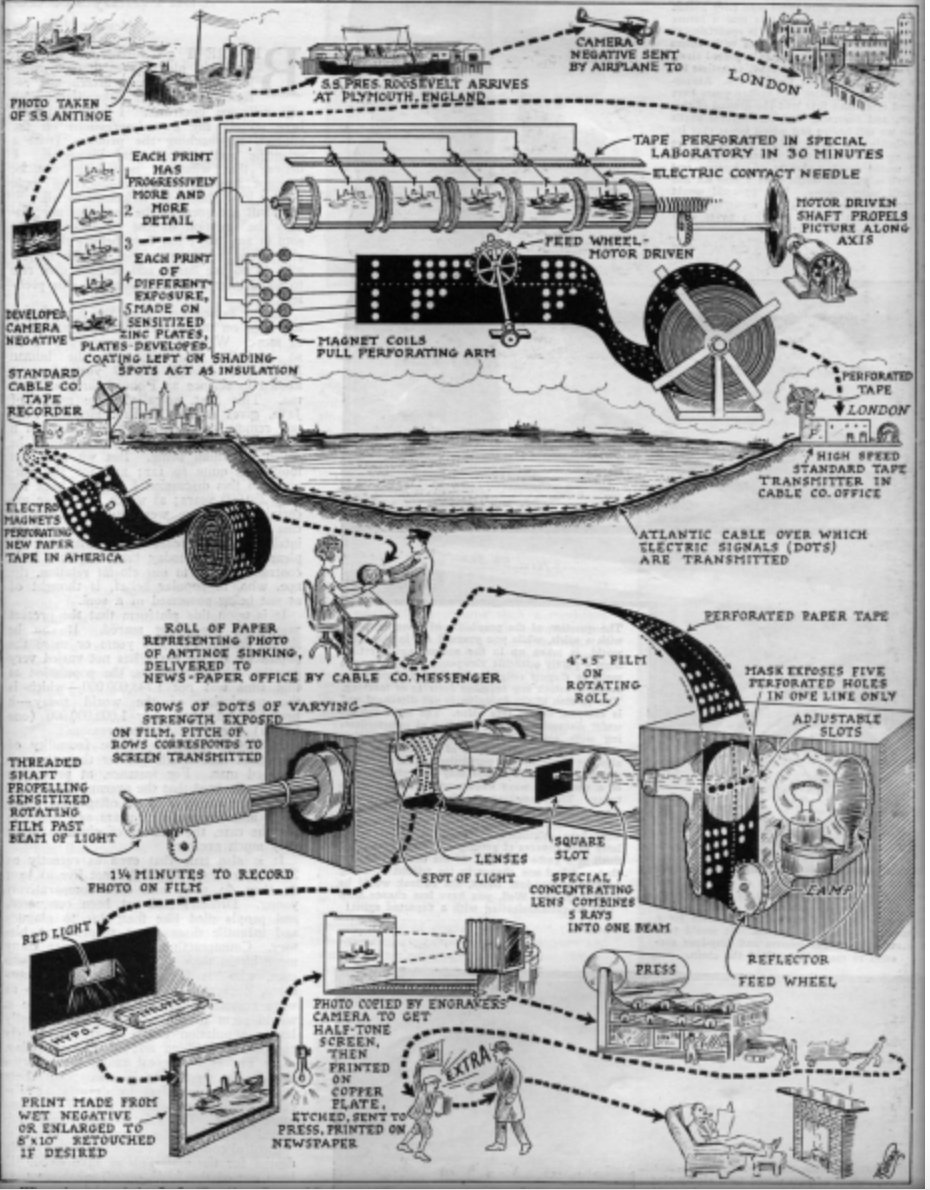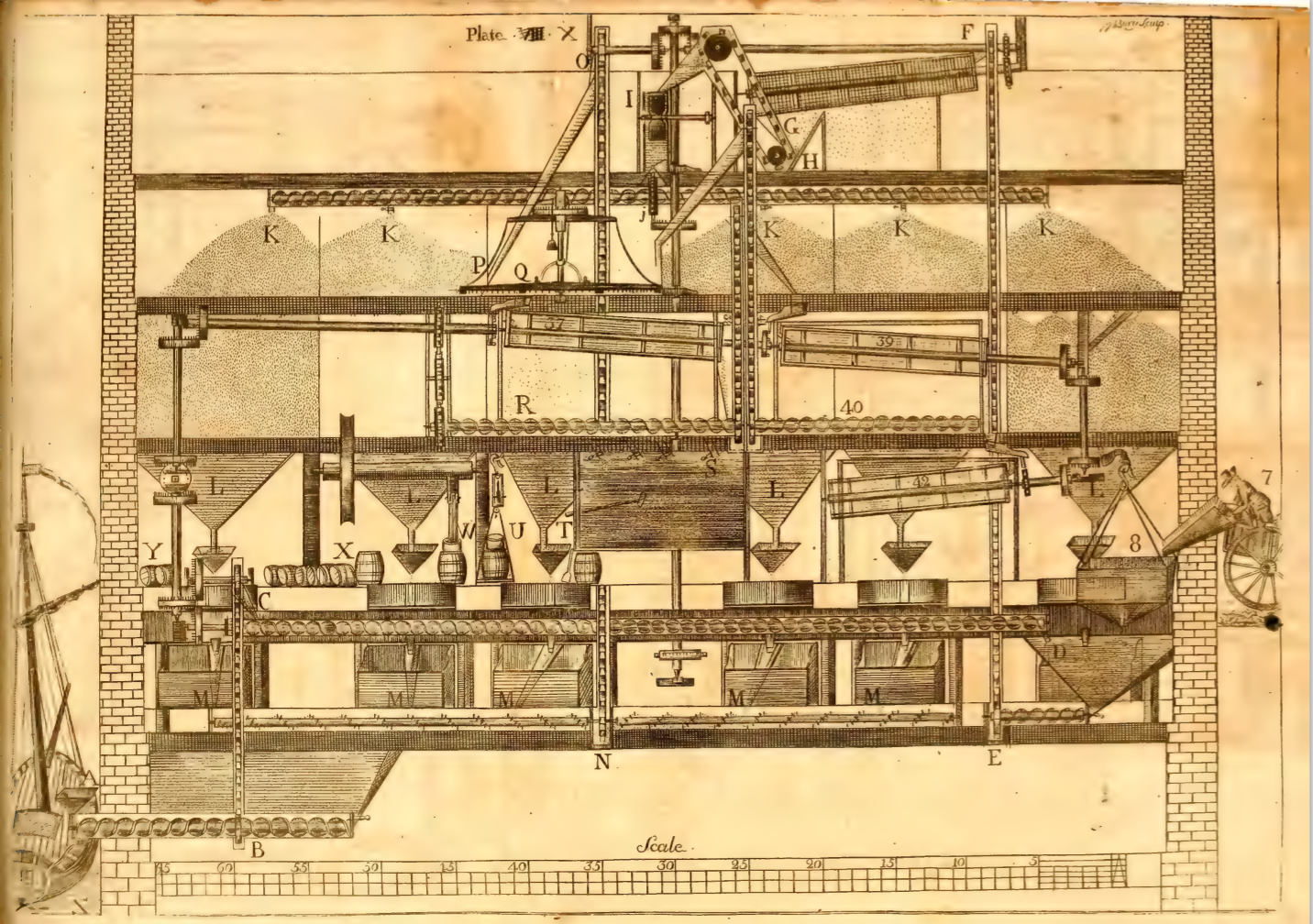Various people have used Large Language Models to generate imaginary conversations between historical figures who in real life may have have never even met each other. I thought it would be interesting to use an LLM to bring a historical person forward into our present era and get their reactions. For this experiment I chose the English Shakespearean actress and diarist Fanny Kemble. Born in 1809, Fanny came to the US on tour in 1832. She married an American and lived with him on his Georgia plantation. Her impressions of the United States and her thoughts about life in general are very interesting; I excerpted some of them in this post.
I asked Perplexity to continue Fanny’s diary after her transition to the US in 2024. Here are my prompts and Perplexity’s generated responses:
Via a time machine, the English actress and diarist Fanny Kemble visits the United States. Write her diary entry, mimicking her own writing style to the extent possible.
Upon my arrival in this strange new world of America in the year 2024, I find myself utterly bewildered by the sights and sounds that assault my senses. The streets teem with horseless carriages of sleek design, moving at speeds that would surely make even the most intrepid coachman blanche[1].
The people here dress in the most peculiar fashion, their garments a riot of colours and fabrics unknown to me. Women parade about in trousers as if it were the most natural thing in the world, and I confess I find myself quite scandalised by the amount of flesh on display[3].
I took my repast at an establishment they call a “fast food restaurant”, where food is served with alarming haste and in portions that would feed a small army. The flavours were unlike anything I have encountered before, both intriguing and somewhat alarming to my palate[7].
In the evening, I was introduced to a device they call a “smartphone”, a magical contraption that seems to contain all the world’s knowledge within its slim frame. With but a touch of one’s finger, one can summon information on any subject imaginable. I fear I spent far too long marvelling at its capabilities[9].
As I retire for the night, my mind whirls with all I have witnessed. This future world is at once thrilling and terrifying, and I find myself longing for the familiar comforts of my own time. Yet, I cannot deny the excitement that courses through me at the prospect of further exploration on the morrow.
Fanny watches television for a day, including both cable and broadcast channels. Write her diary entry.
Today I devoted myself to the study of that most curious invention, the “television”. ‘Tis a box of moving pictures and sound that brings the world into one’s parlour with startling immediacy.
I began my observations with what they call “cable news”. Good heavens! The ceaseless prattle of talking heads, each more strident than the last, debating matters of state with a vehemence that would make the rowdiest Parliamentary session seem a genteel tea party. I confess I found it all rather vulgar, though I could not look away.
Next, I chanced upon a “reality show” – though I daresay there was precious little reality to be found. Young ladies of questionable virtue vied for the affections of a gentleman in a manner that would make even the most brazen courtesan blush. I fear for the moral fabric of this future society.
The afternoon brought a curious spectacle called “daytime television”. I watched in fascination as a stern-faced judge presided over the most trifling of disputes. Is this truly how the American legal system functions? Surely not.
As evening fell, I was treated to what they term “primetime drama”. The tales were gripping, I must admit, though the frank depictions of romance left me quite flustered. I found myself rather taken with a series about a noble family in a fantastical realm – ’twas like the histories of old brought to vivid life.
The day concluded with something called “late-night comedy”, where jesters make sport of the day’s events and public figures. While some of the humour escaped me, I could not help but admire the quick wit on display.
As I retire, my head swims with the cavalcade of images and sounds. This “television” is a window into the soul of this future world – for better or for worse, I cannot yet decide. I shall need many more days of study to fully comprehend its impact on society.
Fanny visits an art gallery and meets a man to whom she is very attracted. (She is divorced in her own time) Write her description of the man and of her own emotions.
Today, I ventured to a most extraordinary establishment known as an “art gallery”. The space was filled with paintings arranged in a curious manner, stacked from floor to ceiling in what they call a “salon-style” hanging. ‘Twas a dizzying sight, yet somehow captivating[1].
As I perused the artworks, my eyes were drawn to a gentleman of the most striking countenance. He stood before a grand painting, his gaze intense and discerning. His attire, while foreign to my sensibilities, suited his tall frame most handsomely. His hair, a rich chestnut hue, was styled in a fashion I had not seen before, yet it complemented his strong jawline admirably.
I found myself quite flustered, my heart beating with a rapidity that surely would have scandalised my contemporaries. How curious that in this strange time and place, I should experience such a stirring of emotions! I chided myself for such improper thoughts, yet I could not tear my eyes away from this captivating stranger.
As if sensing my regard, he turned and met my gaze. His eyes, a piercing blue, seemed to look right through me. I felt a warmth suffuse my cheeks, and I quickly averted my eyes, pretending to study a nearby painting with great interest. Oh, how I longed to speak with him, to hear his voice and learn of his thoughts on the artworks surrounding us!
But alas, propriety held me back. Even in this future world, where social mores seem so different, I could not bring myself to approach him. Instead, I contented myself with stolen glances, my imagination running wild with thoughts of what might be. How strange to feel so alive, so full of possibility, in a time not my own.
As I left the gallery, my mind whirled with conflicting emotions – excitement, longing, and a touch of guilt. What would my contemporaries think of such brazen thoughts? Yet, in the privacy of this diary, I must confess: I have never felt more exhilarated.
Fanny eventually agrees to go out with this gentleman, and he is curious about her background, since she seems very different from any woman he has ever met. She doesn’t know herself how she wound up in 2024, and is afraid that she will think that she is mentally ill if she reveals the truth. Write the diary entry.
Oh, what a predicament I find myself in! The handsome gentleman from the art gallery – Thomas, I have learned – invited me to dine with him this evening. My heart leapt at the prospect, yet my mind was awhirl with trepidation. How could I possibly explain my circumstances without appearing utterly mad?
As we sat in a quaint café, Thomas inquired about my background. His eyes, so warm and inviting, seemed to pierce right through me. I felt my cheeks flush as I scrambled for a plausible tale.
“I fear you may find me rather… unconventional,” I began, choosing my words with utmost care. “I come from a small village in England, you see, where life moves at a slower pace. My upbringing was quite traditional, almost as if frozen in time.”
I paused, gauging his reaction. He seemed intrigued rather than suspicious, which emboldened me to continue.
“I’ve always been fascinated by history, particularly the Victorian era. I’ve spent so much time immersed in books and historical reenactments that I sometimes feel as though I’ve stepped out of that time myself.”
Thomas chuckled, a warm sound that set my heart aflutter. “That explains your unique way of speaking,” he said. “It’s charming.”
Encouraged, I pressed on. “I’ve recently arrived in America to… broaden my horizons. Everything here is so new and different. I must admit, I often feel quite out of my depth.”
“Well, I’d be happy to be your guide to modern America,” Thomas offered, his smile causing my breath to catch.
As we continued our conversation, I found myself relaxing, even as I carefully avoided any mention of time travel or my true origins. It was a delicate dance of half-truths and omissions, yet I could not bring myself to shatter this fragile connection with the full, impossible truth.
As the evening drew to a close, I felt a curious mixture of elation and guilt. How long can I maintain this charade? And yet, how can I possibly reveal the truth? I find myself longing for the simplicity of my own time, even as I revel in the excitement of this new world and the possibility of romance.
Oh, what a tangled web we weave! I can only pray that, should the truth ever come to light, Thomas will not think me completely mad. For now, I shall cherish this evening and the promise it holds, even as I grapple with the weight of my secret.
I thought Perplexity’s work in response to these prompts was pretty impressive…so far…but now it seems to kind of lose the plot.
Read more

